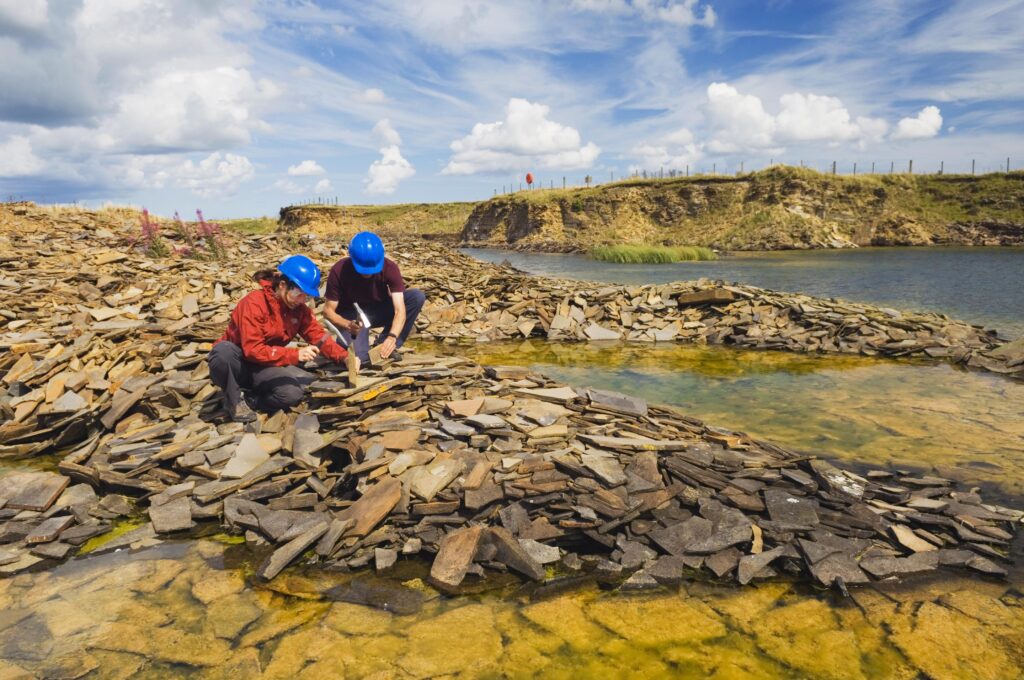SCOTTISH fossil enthusiasts are being urged to have their say on the revised Scottish Fossil Code, ahead of a relaunch next year.
Some of the world’s rarest and most important fossil discoveries have been made in Scotland.
These include Jurassic dinosaur footprints on Skye and the bones of 250-million-year-old reptiles that roamed the desert sands of what is now Elgin.
Now, NatureScot is urging those with an interest in Scotland’s fossil heritage to have their say on the revised Scottish Fossil Code, which gives best practice advice on the collection and conservation of fossils.

Scotland’s nature agency is seeking views on the refreshed Code, first published in 2008 and due for relaunch in early 2023.
The Code gives information on how to manage and safeguard Scotland’s fossil heritage.
It also sets out guidance on how to collect and look after fossils in a responsible way without damaging them or the areas where they are found.
Scotland contains some of the rarest and most scientifically important fossils in the world, from some of the earliest land plants and fish to early mammal and dinosaur remains.
Some examples of Scottish fossils found include:
- Trackways that can be seen on the Fife coast and Arran, left by giant centipede-like animals.
- A 410 million-year-old perfectly preserved wetland ecosystem frozen in time by a hot spring at Rhynie, Aberdeenshire.
- Fossils found in Caithness, Orkney and Shetland of fish that lived in a vast freshwater lake which once covered the area 370 million years ago.
- One of the most important fossil shark localities in the world found in Carboniferous rocks (330 million years old) at Bearsden in Glasgow.
- Bones and trackways of 250 million-year-old reptiles that lived around desert sand dunes in what is now the Elgin area.
- 170 million-year-old Jurassic dinosaur, pterosaur and mammal remains on Skye.
- The remains of animals, including polar bear, in the caves of Assynt, dating from the end of the last glaciation.
NatureScot’s Head of Biodiversity and Geodiversity, Katherine Leys said: “Fossil collecting is a popular hobby and amateur collectors quite often uncover rare and scientifically important finds.
“But sometimes our fossil heritage is vulnerable to irresponsible collecting that can damage sites and the fossils they contain.
“We’re keen to hear from people with an interest in Scotland’s fossils, whether that’s amateur fossil collectors, landowners or researchers.
“We want the new Code to reflect their needs and interests.
“The Scottish Fossil Code is about promoting and encouraging responsible fossil collecting and fossil resource management.
“By following the Code people can stay within the law and follow best practice in collecting and storing fossils.
“It’s vital for the development of geological science that young people continue to collect and learn from Scotland’s globally important fossil resources.”
